Welcome to Oymyakon, a village where students are expected to attend class till temperatures reach minus -52°C (-62°F). The remote Siberian village is considered to be the coldest permanently inhabited settlement in the world, and it has just plummeted into a -62°C (-80°F) winter, making our daily complaints about the weather sound rather silly.
We already introduced you this place when a photographer Amos Chapple traveled there to brave the freeze. “I was wearing thin trousers when I first stepped outside into -47°C (-52°F),” Chapple said. “I remember feeling like the cold was physically gripping my legs, the other surprise was that occasionally my saliva would freeze into needles that would prick my lips.”
This time, however, the cold is even stronger, not only gripping legs but turning people’s eyelashes into icicles as well. The official weather station at the ‘pole of cold’ registered -59°C (-74°F), but the new electronic thermometer claimed the weather was -62°C (-80°F). In fact, it even stopped working after reaching the painful mark. Some of the 500 locals go beyond that, claiming the temperatures are as low as -68°C (-90°F).
In the 1920s and 1930s, Oymyakon was a stopover for reindeer herders who would water their flocks from the thermal spring. In attempts to force its nomadic population into putting down roots, the Soviet government later transformed the site into a permanent settlement. In 1933, a temperature of -67.7°C (−89.9°F) was recorded in the village, accepted as the lowest ever in the Northern Hemisphere.
(h/t siberiantimes)
Welcome to Oymyakon, a remote Siberian village which is considered to be the coldest permanently inhabited settlement in the world

The temperature there has just plummeted to a chilling -62°C (-80°F)

In the village, however, the cold that could freeze your eyeballs hasn’t stopped life

Except for local students who are expected to attend class till temperatures reach at least minus -52°C (-62°F)

And, believe it or not, people are still going to work
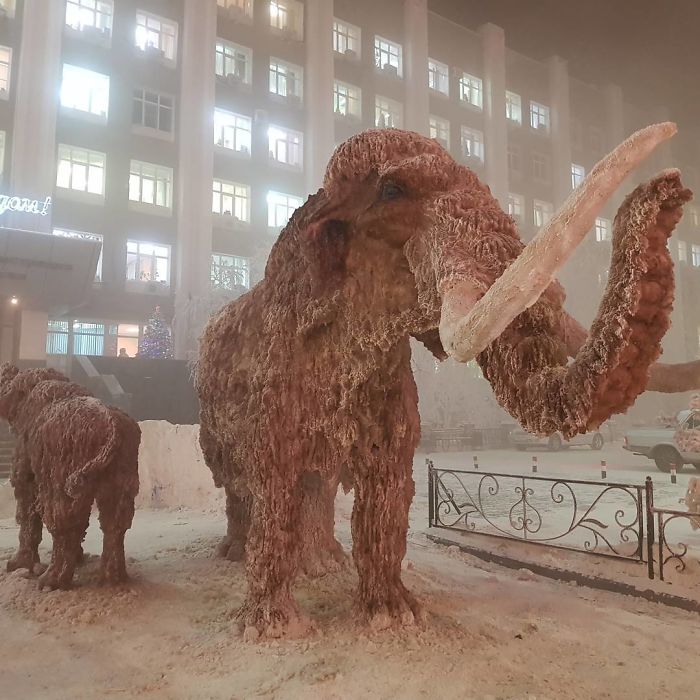
Here’s what driving under such conditions looks like
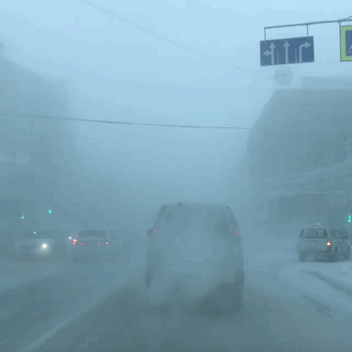
Street venders have no need to refrigerate their fish as the air temperature is enough to keep them safe from rotting away
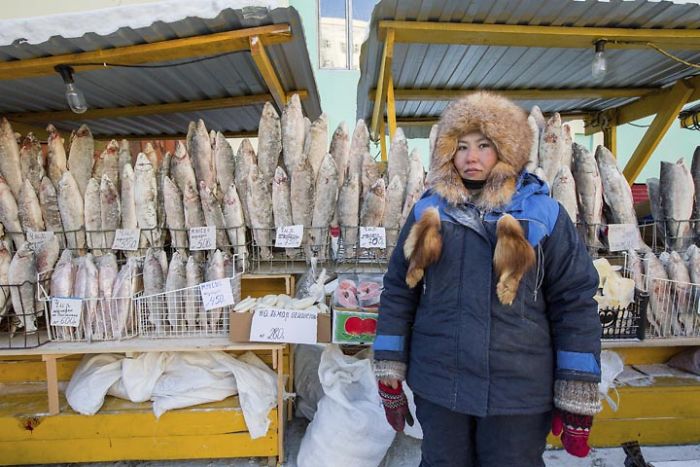
They do, however, need to keep themselves as warm as possible
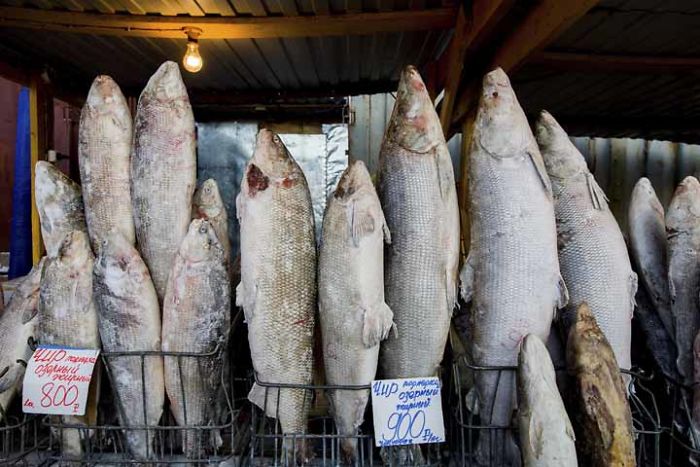
Some tourists that visit Oymyakon are as extreme as its weather
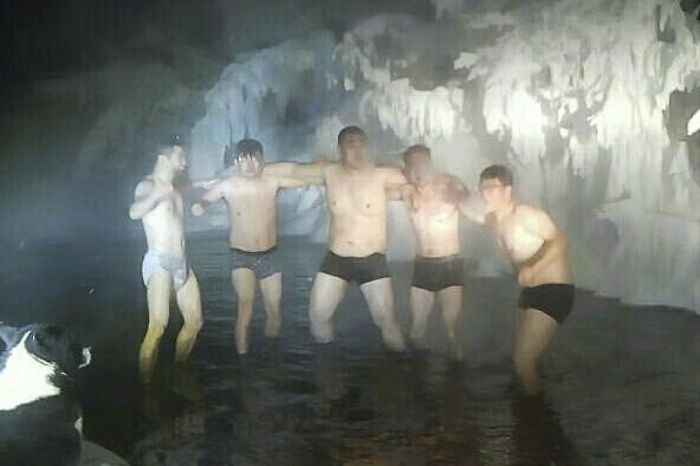
This group from China weren’t afraid to dip in the thermal spring in about -60°C
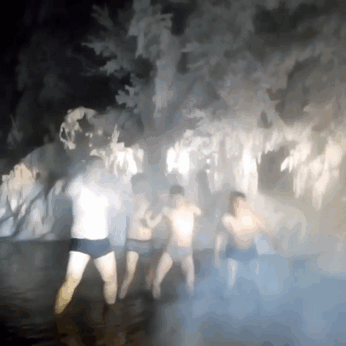
Photographers try using the cold in creative ways: “I really did take pictures of the ballerina outside in minus 41°C, and it’s not photoshopped”
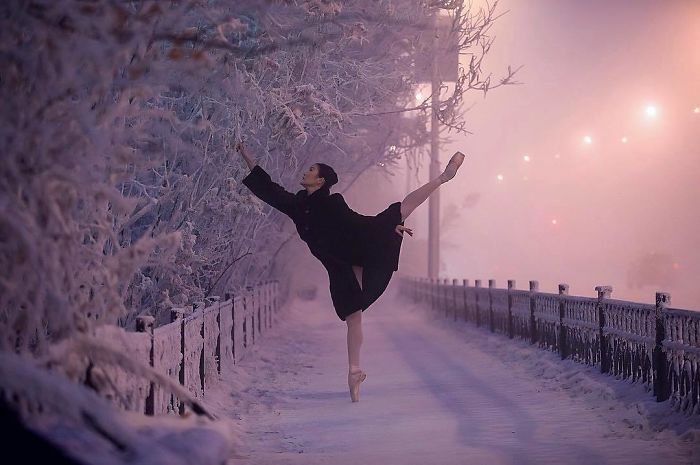
The village lies in Oymyakonsky District of the Sakha Republic, Russia
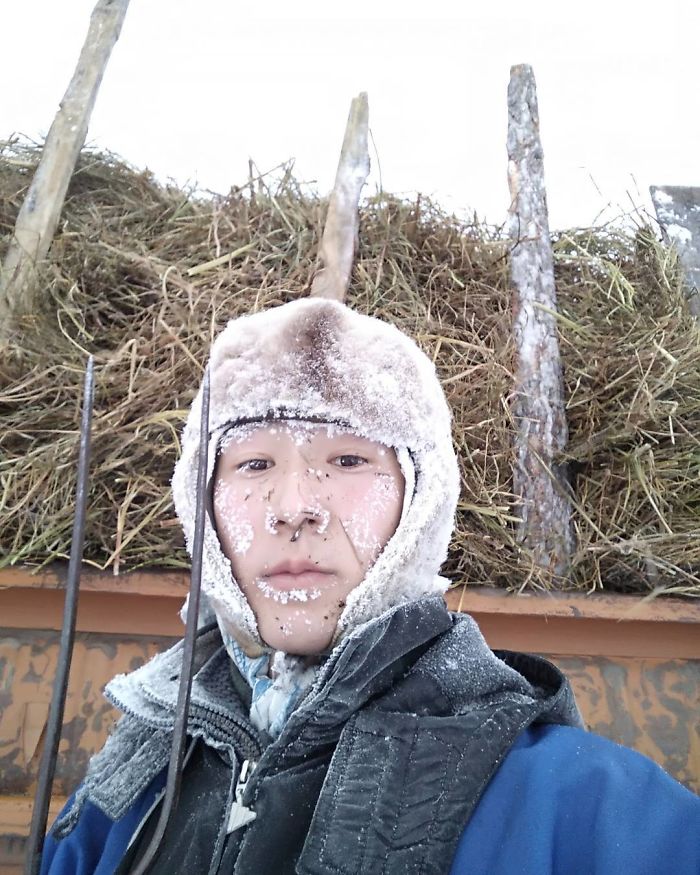
It is named after the Oymyakon River, whose name reportedly comes from the Even word kheium, meaning “unfrozen patch of water; place where fish spend the winter”
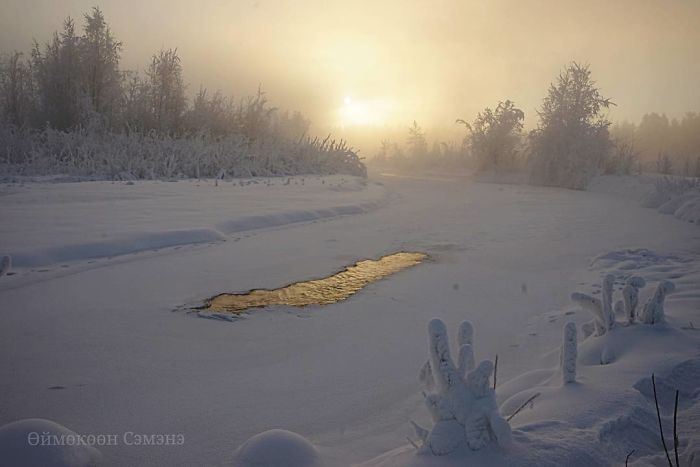
According to other sources, however, the Even word heyum (hэjум) (kheium may be a misspelling) means “frozen lake”
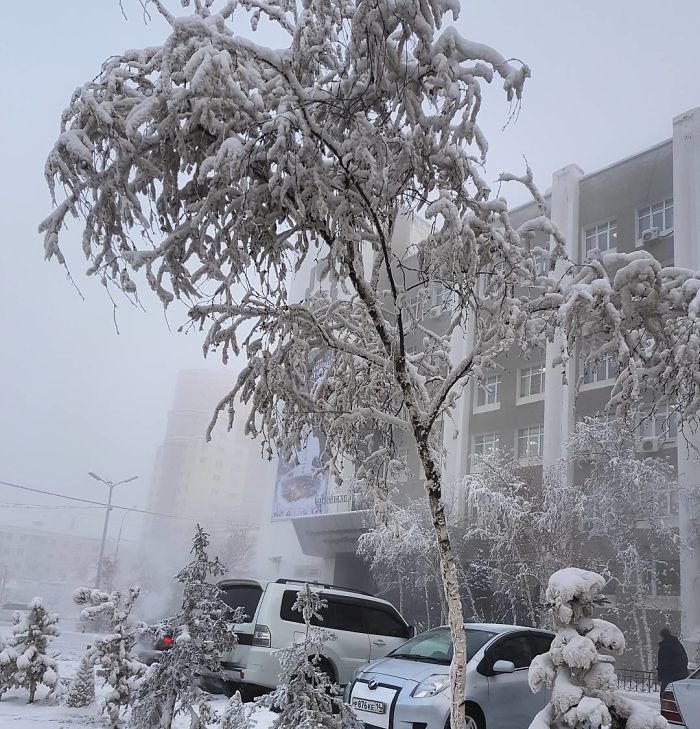
The painful weather was too much even for the new electronic thermometer. It broke after reaching -62°C
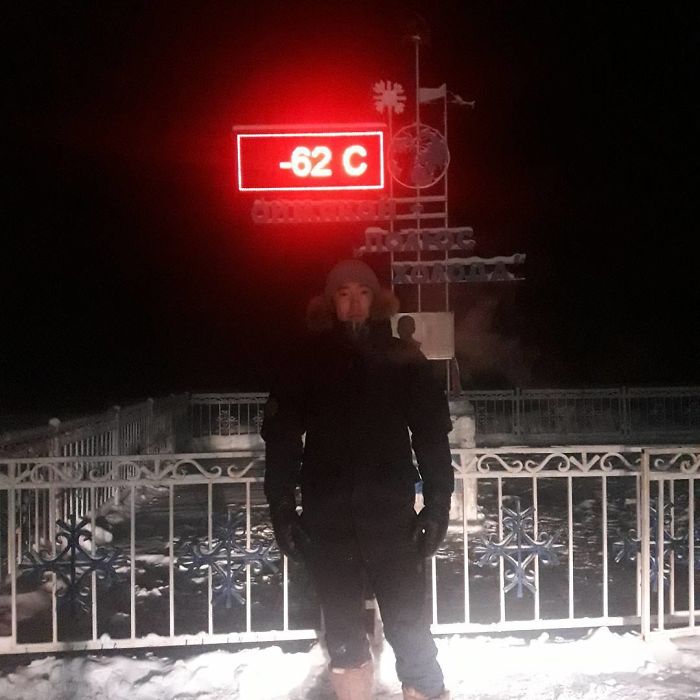
But about 500 people still live in the village
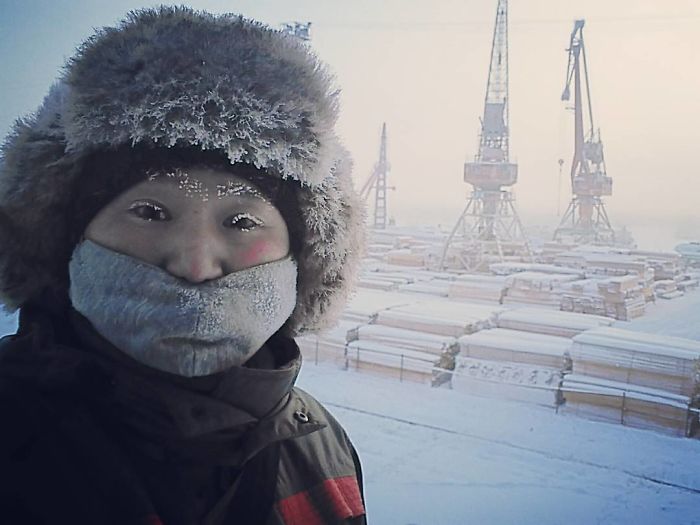
It stands approximately 750 meters above sea level
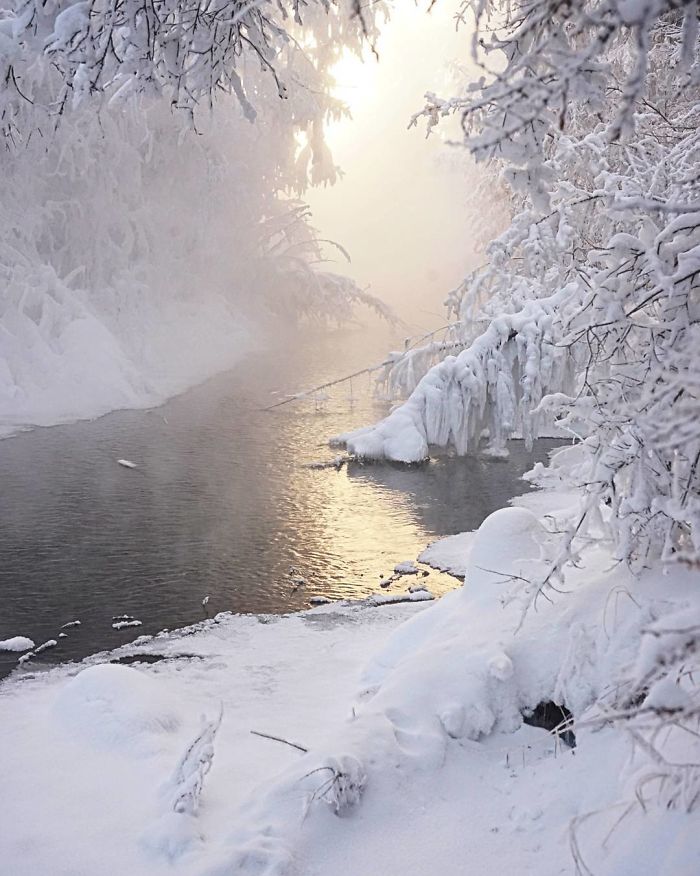
“Now we’re brushing the snow off our Yakut horses. For us this is normal”, told one resident of the village
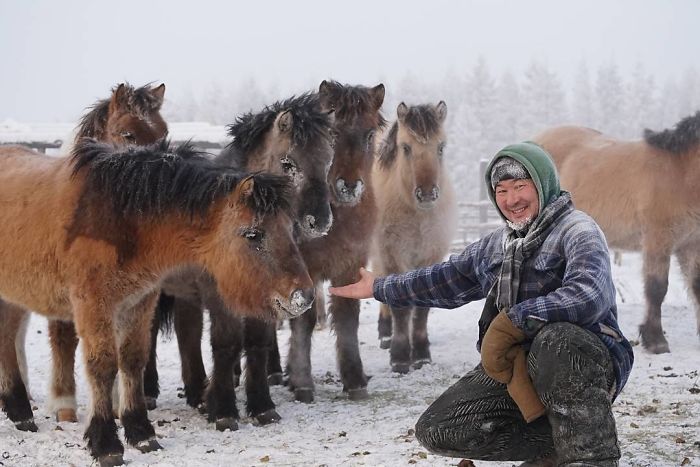
People have nicknamed this chilling place as the Northern Pole of Cold
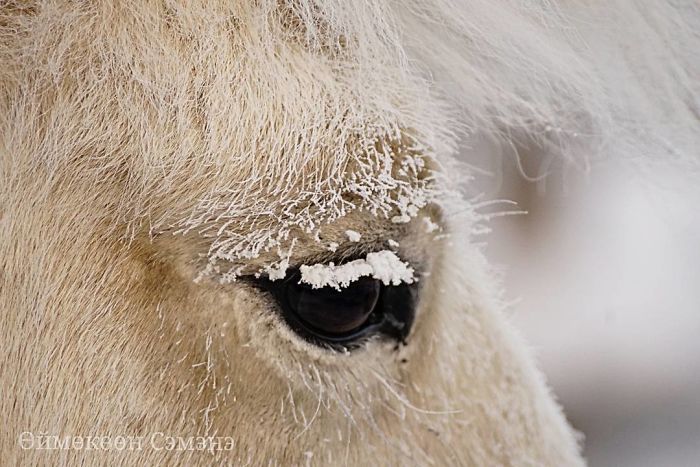
And although winters in Oymyakon are long and excessively cold
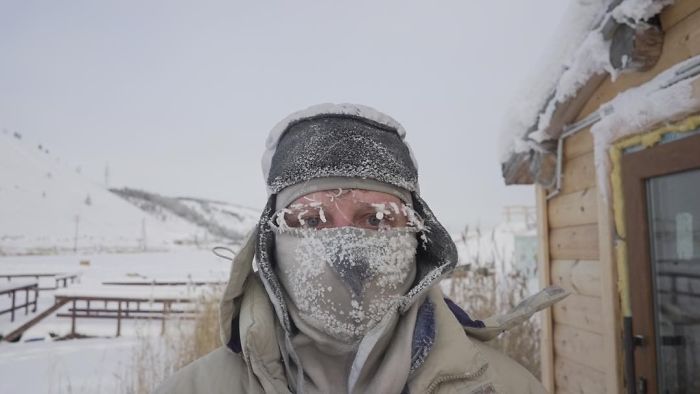
Summers can sometimes become hot. In June, July and August temperatures over 30 °C (86 °F) are not rare
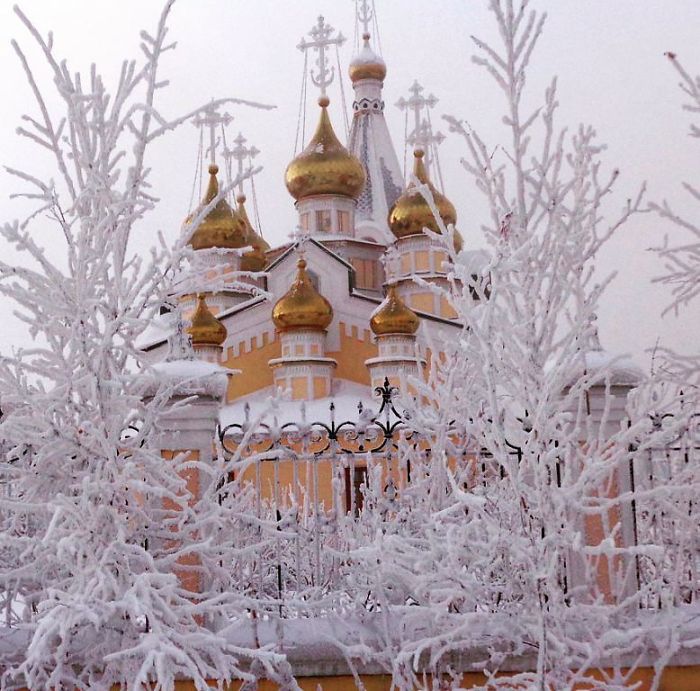
In the 1920s and 1930s, Oymyakon was a stopover for reindeer herders who would water their flocks from the spring
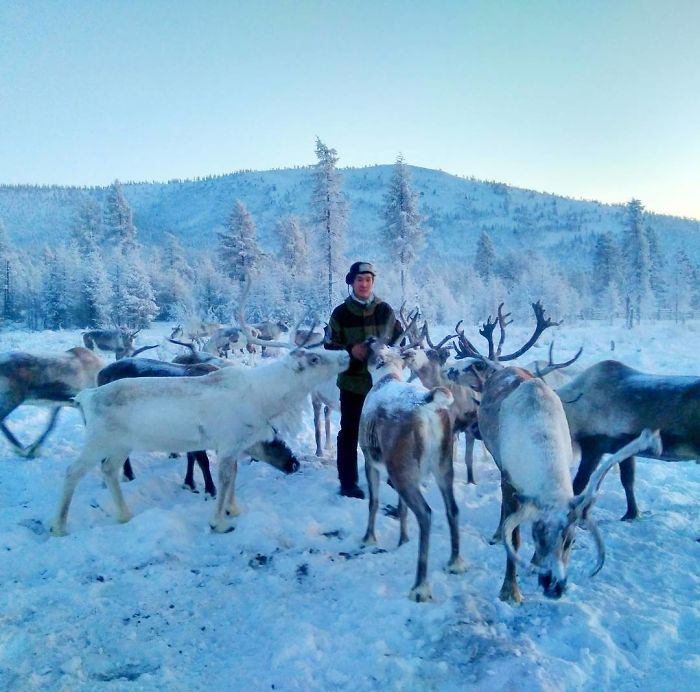
But in attempts to force its nomadic population into putting down roots, the Soviets later transformed the site into a permanent settlement
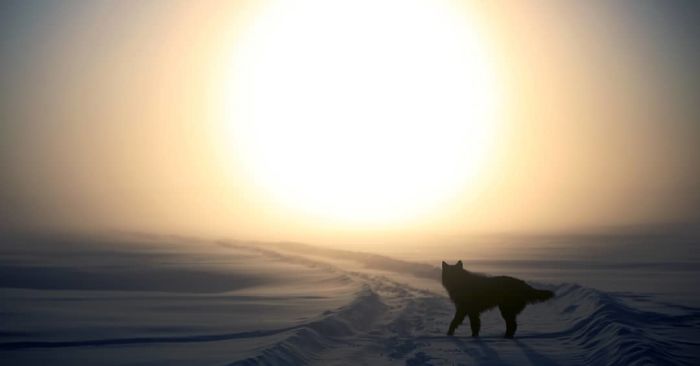
The cold does, however, make the whole village look like a winter wonderland
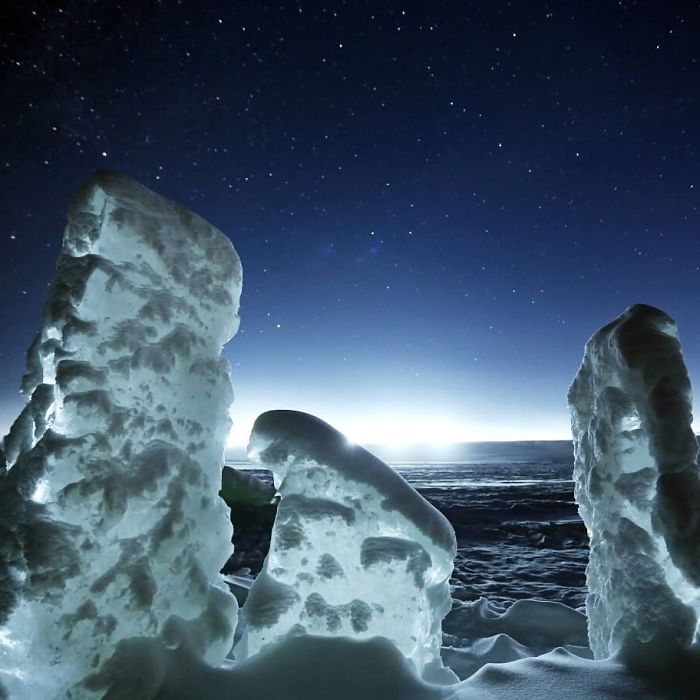
It’s not everyday you’ll see such beauty in a mine tunnel
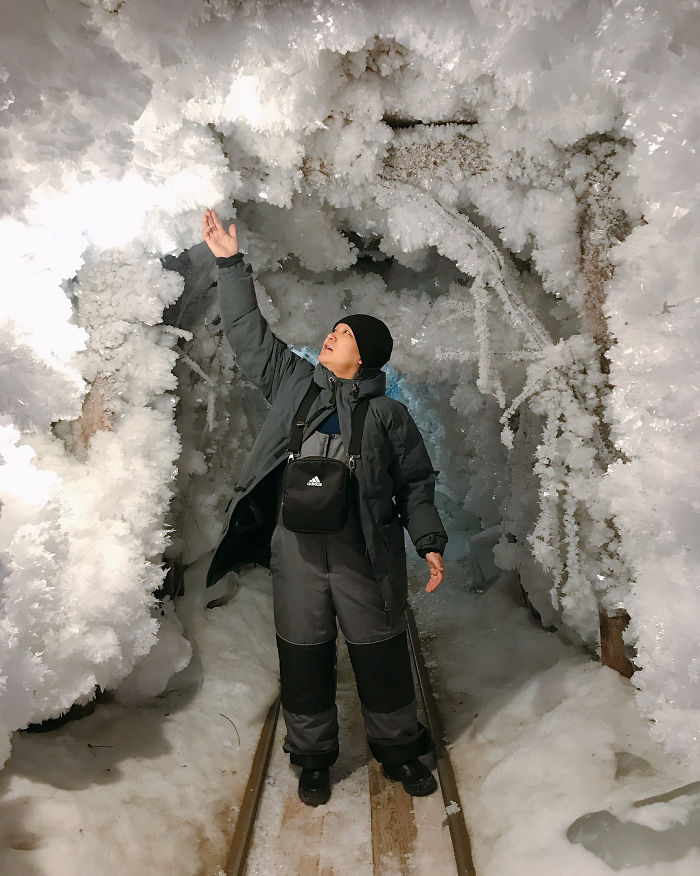
In 1933, a temperature of -67.7°C (−89.9°F) was recorded in the village, accepted as the lowest ever in the Northern Hemisphere
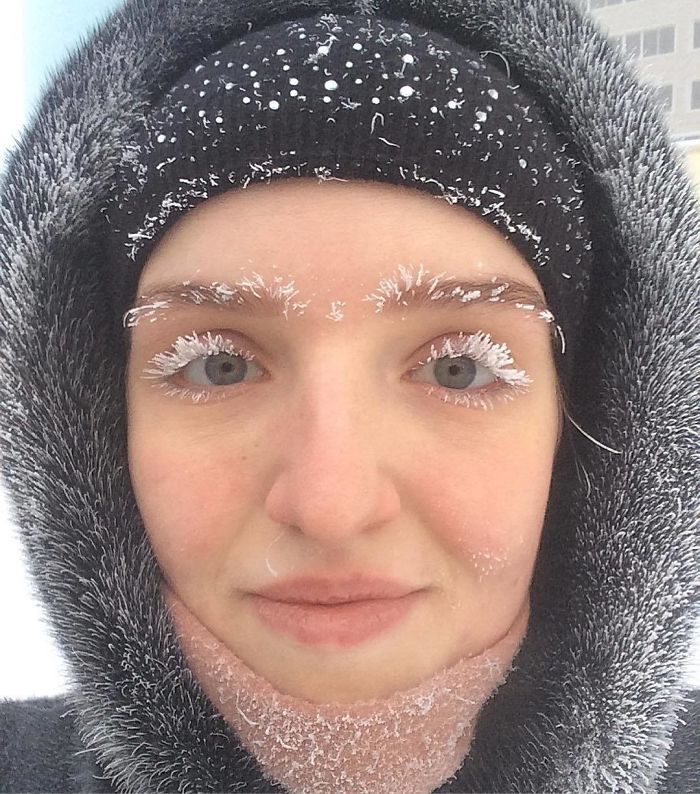
There, day length varies from three hours in December to twenty-one hours in June
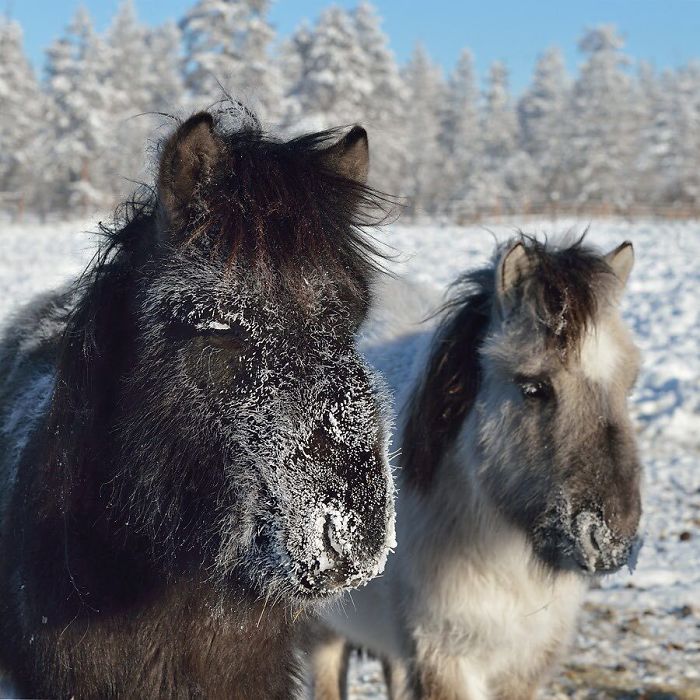
So you’ll have to be quick if you want to go sightseeing in the winter
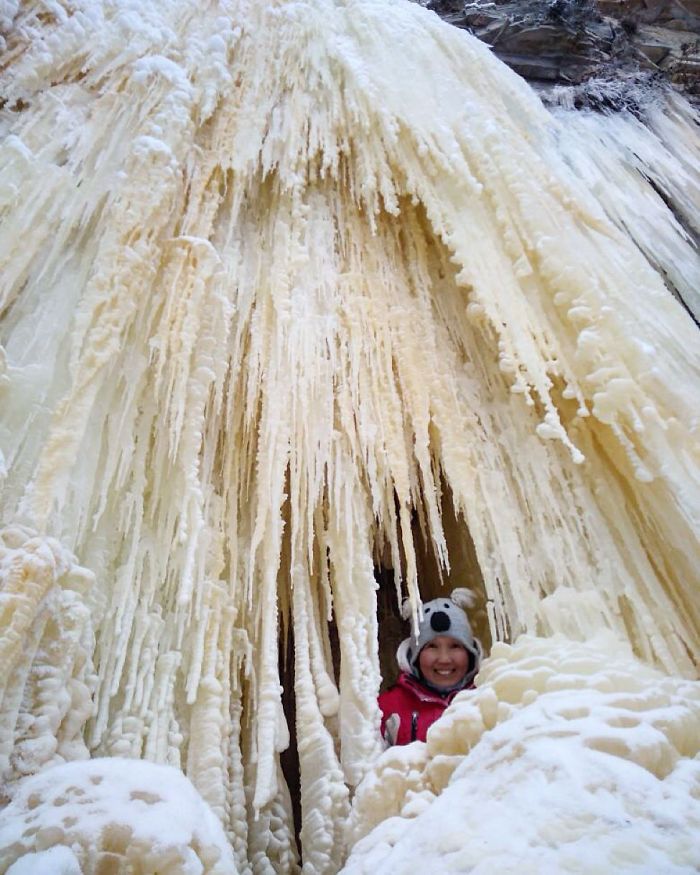
Some have gotten these icy lashes that are perfectly worthy of becoming the newest beauty trend
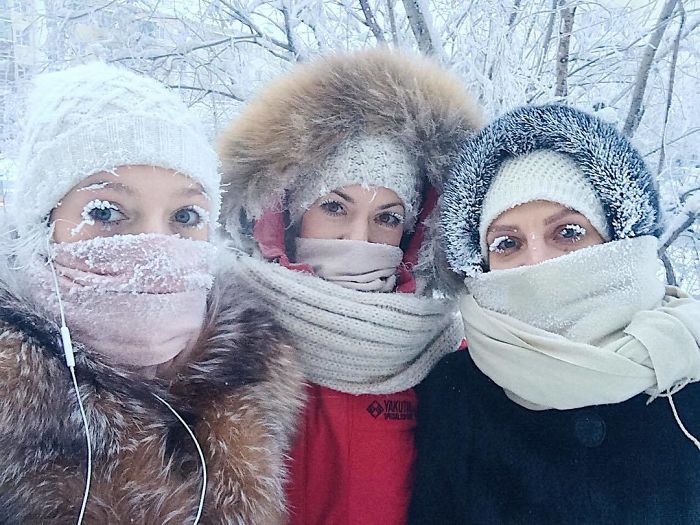
via Boredpanda

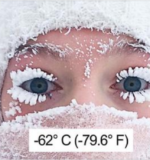
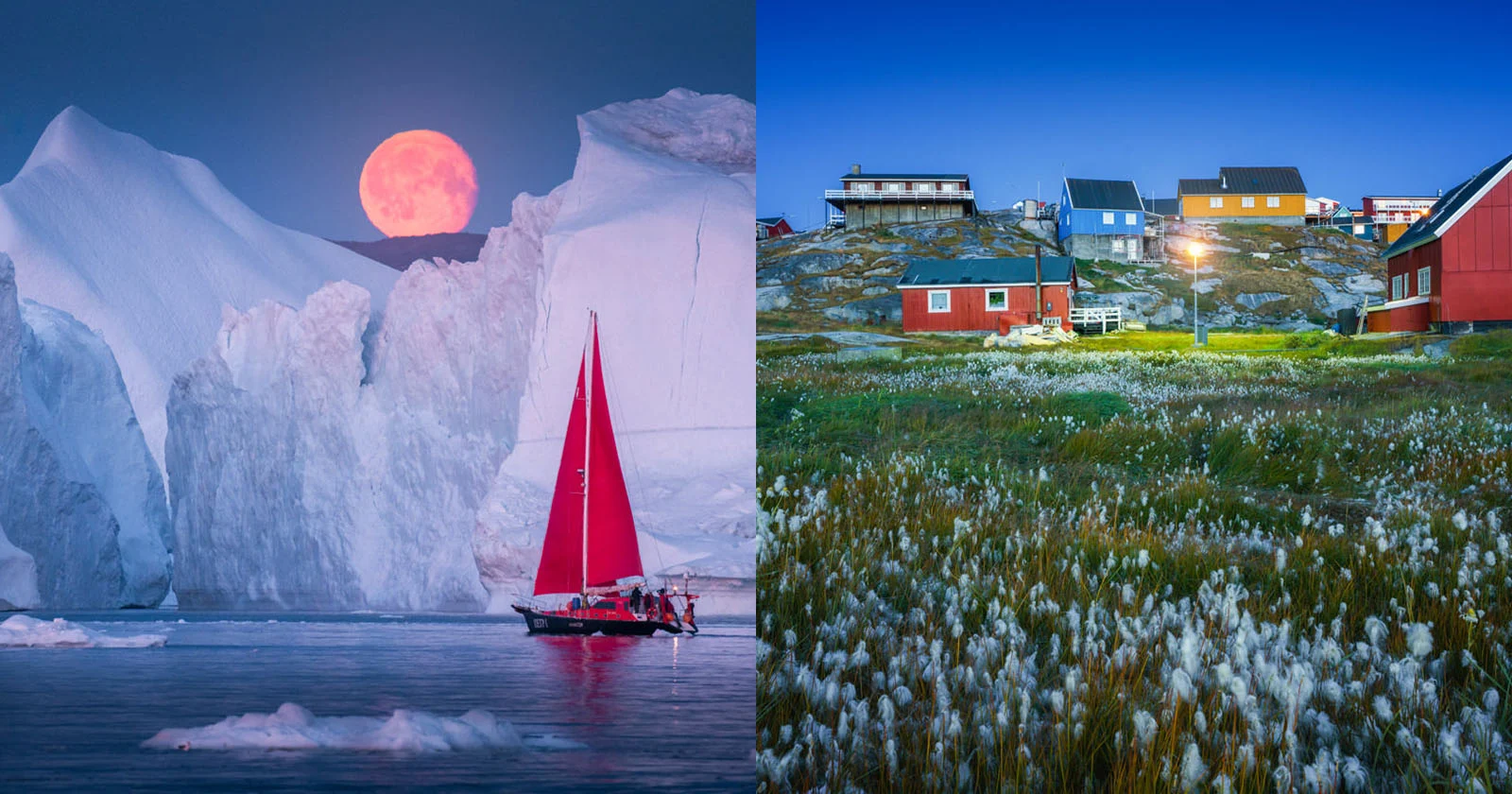
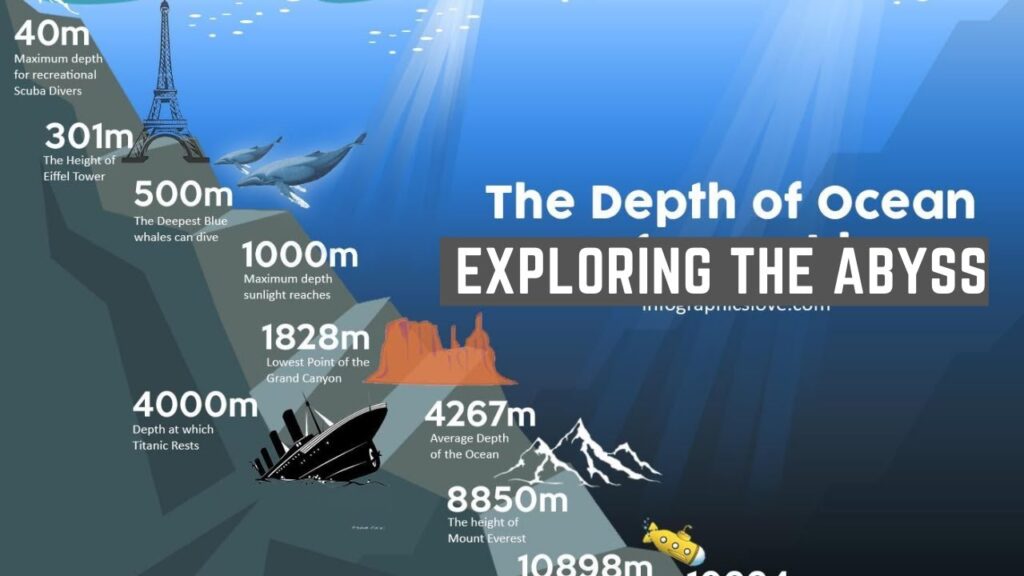
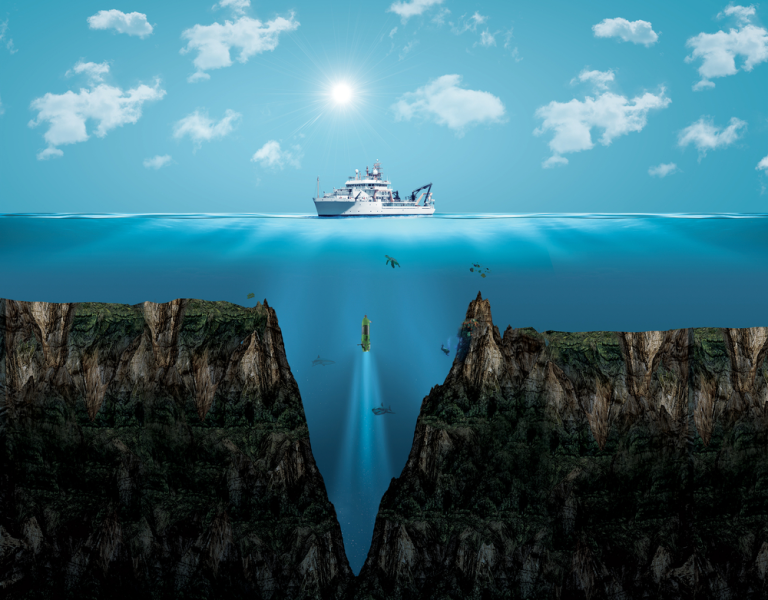
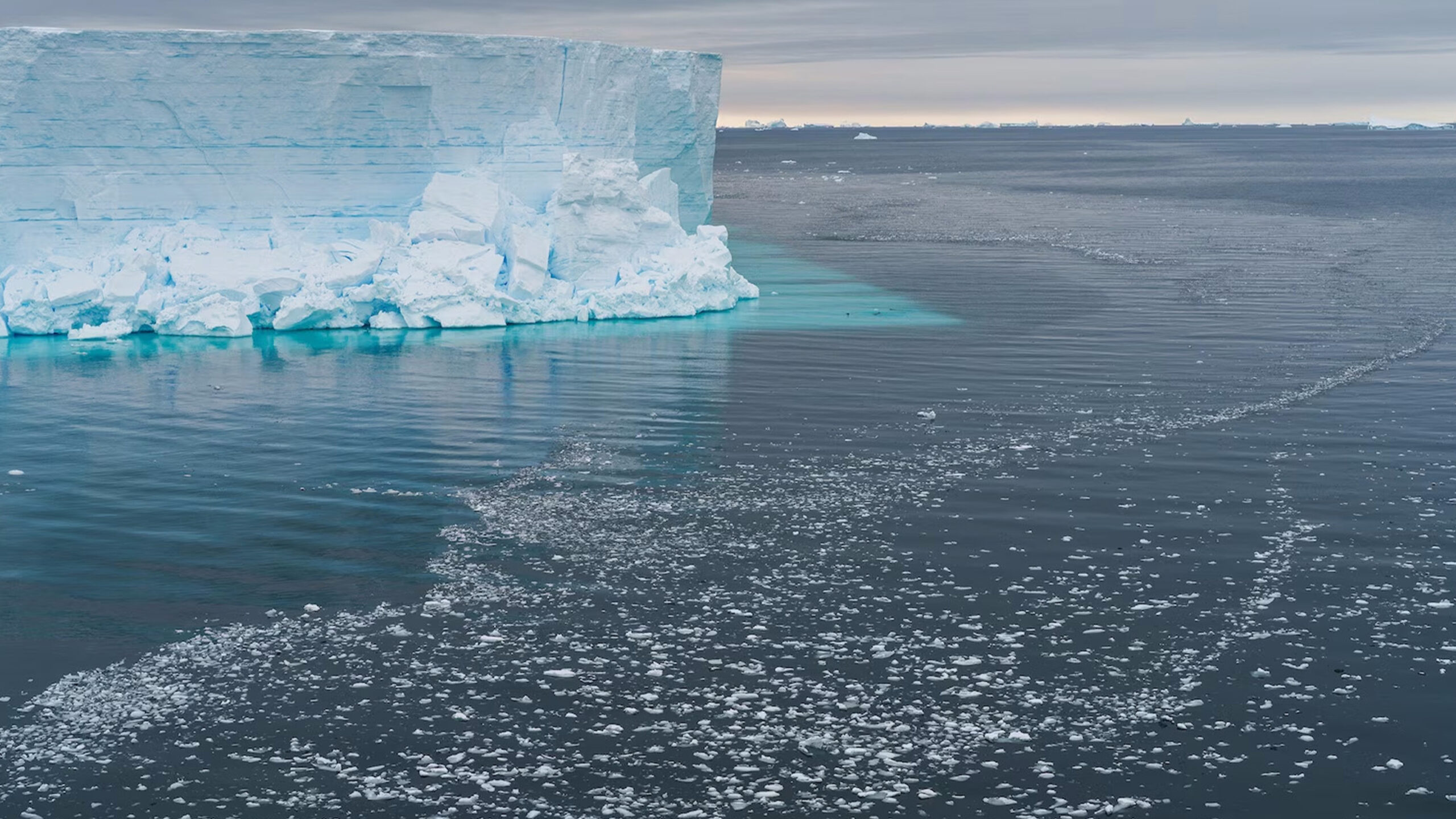
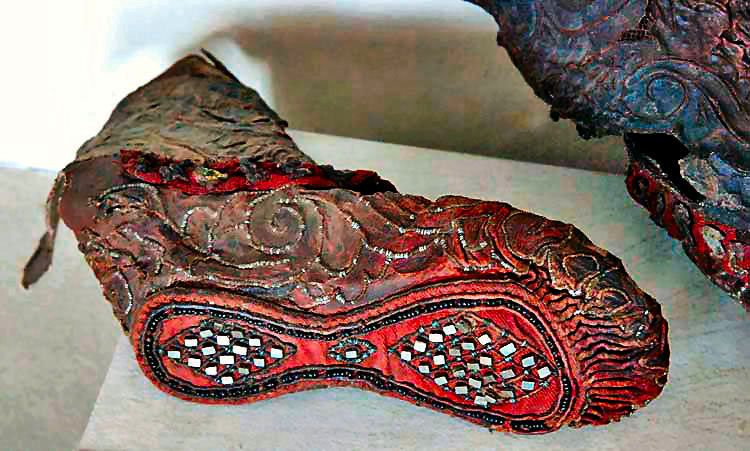

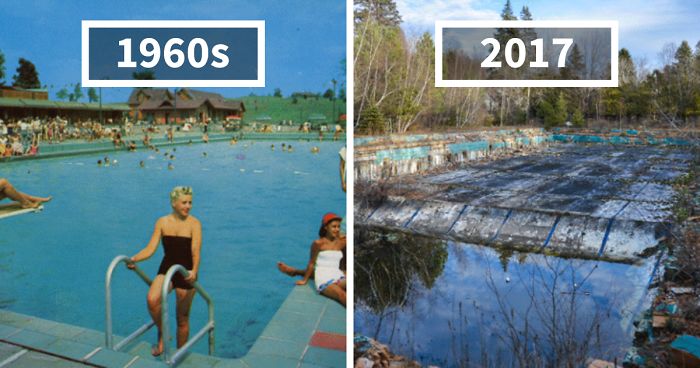 Photographer Finds Locations Of 1960s Postcards To See How They Look Today, And The Difference Is Unbelievable
Photographer Finds Locations Of 1960s Postcards To See How They Look Today, And The Difference Is Unbelievable  Hij zet 3 IKEA kastjes tegen elkaar aan en maakt dit voor zijn vrouw…Wat een gaaf resultaat!!
Hij zet 3 IKEA kastjes tegen elkaar aan en maakt dit voor zijn vrouw…Wat een gaaf resultaat!! 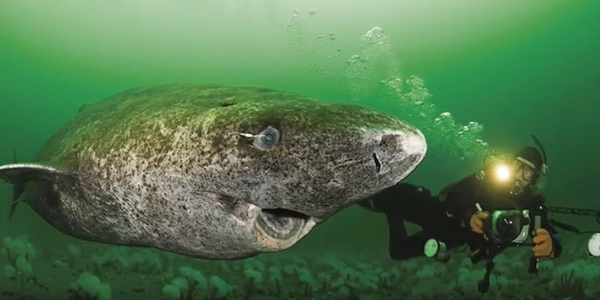 Scientists Discover 512-Year-Old Shark, Which Would Be The Oldest Living Vertebrate On The Planet
Scientists Discover 512-Year-Old Shark, Which Would Be The Oldest Living Vertebrate On The Planet 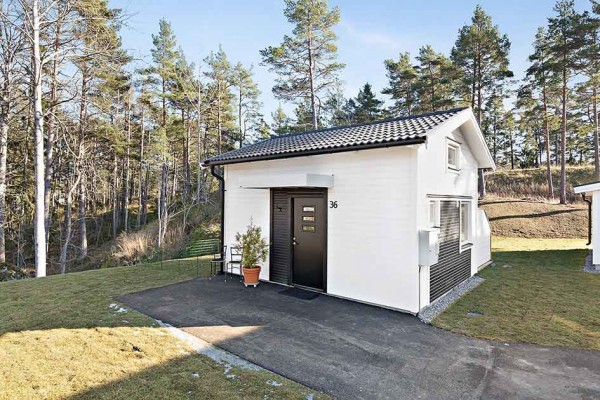 Hus til salg er kun 22 kvadratmeter – men vent til du ser det indvendigt
Hus til salg er kun 22 kvadratmeter – men vent til du ser det indvendigt  Superknepet – så blir snuskiga ugnsformen som ny igen!
Superknepet – så blir snuskiga ugnsformen som ny igen! 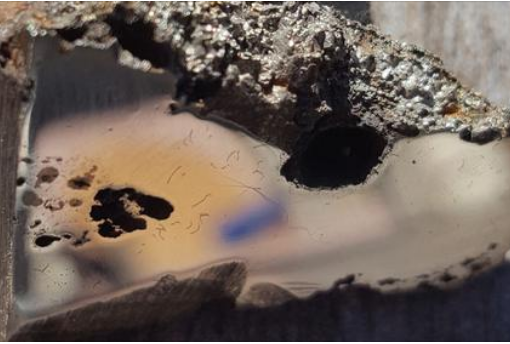 Meteorite That Recently Fell in Somalia Turns Out to Contain Two Minerals Never Before Seen on Earth
Meteorite That Recently Fell in Somalia Turns Out to Contain Two Minerals Never Before Seen on Earth  Nearly Frozen Waves Captured On Camera By Nantucket Photographer
Nearly Frozen Waves Captured On Camera By Nantucket Photographer 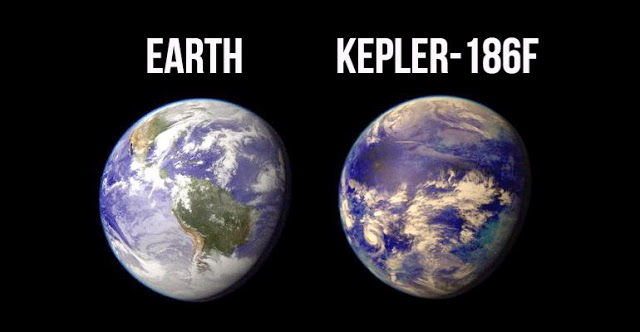 It’s Official: Astronomers Have Discovered another Earth
It’s Official: Astronomers Have Discovered another Earth 